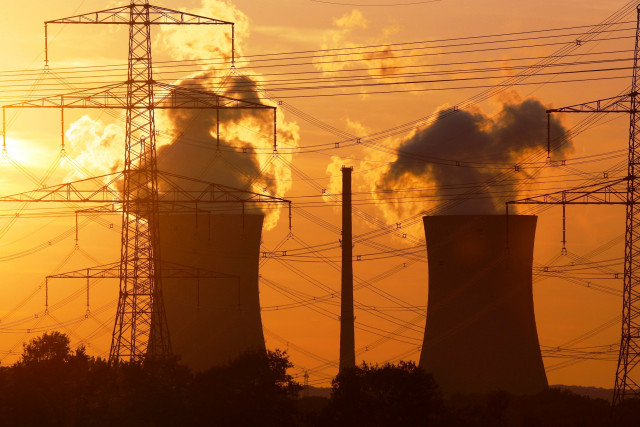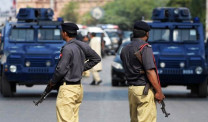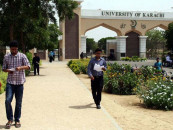Alternative energy: Civil activists prepare for public hearing on nuclear power plants
PAEC claims nuclear power the most cost-efficient energy source for Karachi

PAEC claims nuclear power the most cost-efficient energy source for Karachi. STOCK IMAGE
In view of the PAEC's public hearing scheduled for March, on the proposed nuclear sites near Karachi, the civil society is bracing itself to meet it fully prepared and question the power project's significance, benefits, hazards and possible alternatives.
"It is suspected that the K-2 and K-3 Chinese-manufactured nuclear power plants are being installed here on an experimental basis," said physicist Abdul Hameed Nayyar, speaking to a workshop on Sunday, organised by the Pakistan Institute of Labour Education and Research (Piler). "No such power plant is operating anywhere in the world."
He asserted that according to international standards, a 30-kilometer-radius around nuclear plants was vulnerable. The proposed nuclear sites were too close to Karachi and put the lives of millions of people at risk, he said.
Nayyar claimed that many regulations were being neglected in conducting the Environmental Impact Assessments (EIA). "PAEC wrongfully obtained certificates for the nuclear plants from the Sindh Environment Protection Agency (SEPA) without seeking public consent," he said. "The SEPA was bound by law to incorporate and consider public comments into the procedure before issuing such a certificate to any industry."
Another activist, Roland deSouza, added that in Pakistan, the institutions supposed to assess the environmental impact of growing industrialisation were very poor. "The SEPA is understaffed, incompetent and influenced by political and bureaucratic circles," he said, adding that the prosperity of a country depended on the conservation of its environment.
He narrated stories of the DHA Cogen project and constructions near the Abdullah Shah Ghazi's shrine, claiming that even in those cases, the proper course of action for assessment were not followed until the civil society took the matter to court.
On the PAEC's claim that radiations caused by the nuclear plants would not be harmful, he said, that no independent verification could be made as yet. Concluding his presentation, he questioned why we didn't import solar energy projects from China, since it was the largest producer of this less hazardous and modern source of energy.
The nine-hour-long programme at the Regent Plaza was divided into sessions to give attendees an understanding of nuclear power projects and the significance of the forthcoming formal public hearing.
The speakers focused on the issues of how the PAEC would transport radioactive material, what measures they would take in case of a mishap and how a reactor would be decommissioned after the completion of its life cycle.
On the other hand, the PAEC is confident that the project near KANNUP would be the safest and cheapest source of generating energy for the metropolis. But its impact on the environment is still unclear.
Published in The Express Tribune, February 2rd, 2015.



















COMMENTS
Comments are moderated and generally will be posted if they are on-topic and not abusive.
For more information, please see our Comments FAQ